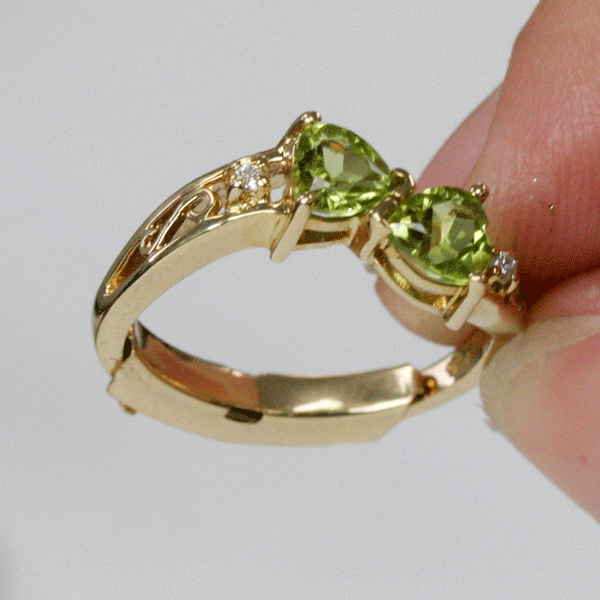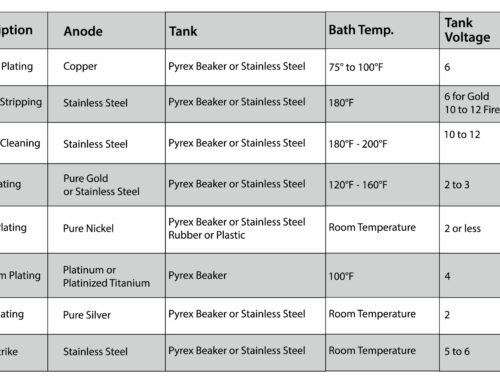Each stone reacts a little differently to stress and to the stresses caused by jewelry repair. This means that you must learn about gemstones and know which ones are sensitive to things like heat, pickling, steam, and the ultrasonic cleaner. If you cannot afford to replace a stone that may be damaged in the repair or are unsure of what to do to protect it, remove the stone. It is always better to be safe than to be sorry.
Removing Gems Prior to Repair:
Some professionals advocate removing every stone before working on a piece of jewelry to ensure that no stone is overheated. But in reality, most professional and accomplished repair jewelers rarely remove stones to size a ring. There are almost more disadvantages to removing all the stones from a ring than there are advantages to protecting them in this manner. Removing all the stones from a ring results in a loss of time and energy, possible damage to the stones themselves during the removal and resetting process, and even damaging the setting itself during the removal and resetting process.
Heat-Resistant Gems:
Not all gemstones are sensitive to heat. Some stones will not be damaged by the heat created by soldering as long as the temperature is changed very slowly. Most diamonds, for example, are left in place during soldering and even for repairs that involve work close to the stone. The most important precautions to remember are changing the heat very slowly and to fire coat the gem when you fire coat the rest of the piece.
Diamonds and Heat:
Though diamonds can withstand heat, pickling, the ultrasonic, steam, electroplating, and contact with solvents due to recent advances in technology it is important to examine diamonds before working around them. All diamonds can be treated to improve the grade and to color correct them, as well as being laser filled. However, these treatments are often not common knowledge to the owner of the diamond and can be reversed during common repair procedures. Therefore it is necessary to examine a diamond and determine if it has been treated prior to executing the repair. Before beginning a repair, remove all diamonds that you believe are treated.
Protecting Heat-Sensitive Gems:
Generally gems that are sensitive to heat can be protected through the use of a thermal shield that prevents heat from reach the stones. When soldering gold, silver, and platinum shanks, some jeweler’s will submerge the top of the ring in water with the shank exposed in the air. Others will use wet sand or wet refractory mulch to protect the stones. Once the gem has been temporarily isolated, the shank should be soldered as quickly as possible with an oxidizing flame. When the job is completed, the heat source should be removed and the metal quenched. It is important that you do not submerge too much of the ring, otherwise the heat will dissipated away from the seam and it will be nearly impossible to reach the flow temperature of the solder.






Can a silver ring with marcasite stones be sized? Please email the answer. Thank you
Wonderful tips! These tips definitely very helpful to resizing ring, I love your tips. Thanks for sharing.
https://www.hancocks-london.com/product-category/new-arrivals/